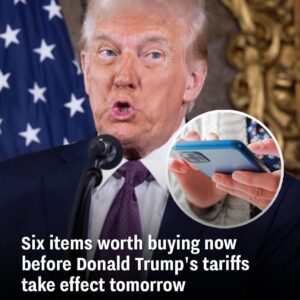Panama’s recent decision to withdraw from China’s Belt and Road Initiative (BRI) marks a significant shift in the geopolitical landscape of Latin America. This move comes amid escalating tensions between the United States and China over influence in the region, particularly concerning the strategic Panama Canal.
Background on Panama’s Involvement with the BRI
In 2017, Panama became the first Latin American country to join China’s BRI, an ambitious global infrastructure project aimed at enhancing trade routes and fostering economic cooperation. This partnership led to increased Chinese investments in Panama, including significant infrastructure projects near the Panama Canal. Notably, Hong Kong-based CK Hutchison Holdings operates two ports in the vicinity of the canal, and Chinese state-owned enterprises have been involved in constructing a bridge over the waterway.
REUTERS.COM
U.S. Concerns and Diplomatic Pressure
The United States has expressed growing apprehension over China’s expanding footprint in Panama, viewing it as a potential threat to the canal’s neutrality and, by extension, U.S. strategic interests. The Panama Canal is a critical conduit for global maritime trade, handling approximately 6% of worldwide shipping traffic and 40% of U.S. container trade.
ASPISTRATEGIST.ORG.AU
In a recent diplomatic engagement, U.S. Secretary of State Marco Rubio met with Panamanian President José Raúl Mulino to discuss these concerns. Rubio emphasized that China’s involvement in the canal’s operations could violate the 1977 Panama Canal Treaty, which guarantees the canal’s neutrality. He warned that if Panama did not take steps to curtail Chinese influence, the U.S. might consider measures to protect its interests.
APNEWS.COM
Panama’s Decision to Withdraw from the BRI
Following discussions with Secretary Rubio, President Mulino announced that Panama would not renew its participation in the BRI upon the agreement’s expiration in 2026. He also indicated that the agreement could be terminated earlier if deemed necessary. This decision is viewed as a strategic move to strengthen ties with the United States and alleviate concerns over Chinese influence in the region.
REUTERS.COM
Reactions and Implications
The U.S. has welcomed Panama’s decision, interpreting it as a victory for American diplomacy and a setback for China’s efforts to expand its influence in Latin America. Secretary Rubio praised President Mulino’s leadership and suggested that Panama might reconsider existing concessions granted to Chinese companies operating near the canal. He proposed that a thorough audit could potentially reveal grounds for annulling these agreements, thereby opening opportunities for American or European firms to step in.
REUTERS.COM
China, on the other hand, has criticized Panama’s withdrawal from the BRI, viewing it as a move influenced by U.S. pressure. The Chinese government has consistently defended the BRI as a platform for mutual economic benefit and has denied allegations of using it as a means for debt-trap diplomacy.
Historical Context and Future Outlook
The Panama Canal has long been a focal point of U.S. strategic interests. Constructed by the United States in the early 20th century, control of the canal was transferred to Panama in 1999 under the Torrijos–Carter Treaties. These treaties mandate the canal’s permanent neutrality and grant the U.S. the right to intervene if its neutrality is threatened.
EN.WIKIPEDIA.ORG
In recent years, concerns over foreign influence, particularly from China, have prompted U.S. officials to advocate for a reassessment of Panama’s partnerships. The decision to withdraw from the BRI may lead to a reevaluation of existing agreements with Chinese companies and could pave the way for increased U.S. involvement in Panama’s infrastructure projects.
While Panama’s withdrawal from the BRI represents a significant shift, the long-term implications for the country’s economic development and its relationships with both the U.S. and China remain to be seen. As the situation evolves, Panama will need to navigate its strategic partnerships carefully to balance national interests with the competing influences of global powers.





